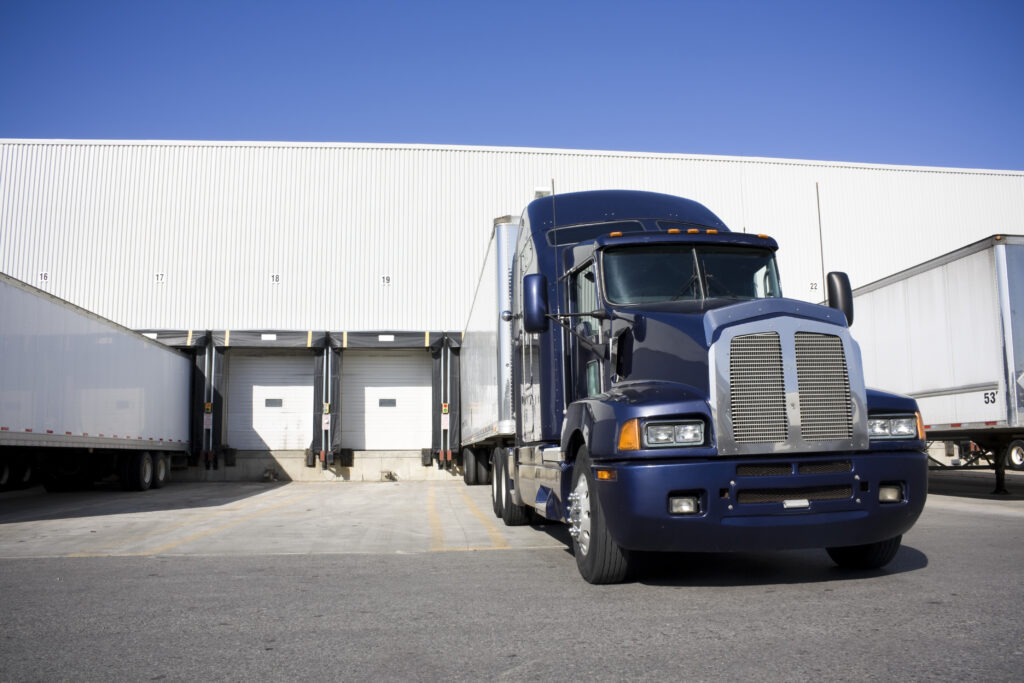Composites to carry the load: the future of trucking
Despite the upfront costs of composites being larger, it may be more cost-effective long term for truck and trailer manufacturers to invest in composites
According to SAE International, a Great Dane trailer made of mostly carbon fiber reduced the weight of a Walmart truck by 4,000 lbs., significantly improving its fuel economy. The advantages of composites don’t stop here. Here Roger Gastineau, North American sales representative for global composites manufacturer Exel Composites, explores the benefits of replacing metals, like steel and aluminum, with composites, such as fiberglass, in long-haul truck body and trailer designs.
Traditionally, truck and trailer manufacturers use extruded aluminum profiles in their designs because the price per kilo is less than composites like carbon fiber, fiber glass, or hybrid composites. However, what is less considered is the overall cost of ownership of composite profiles compared to aluminum for truck bodies and trailers.
Because long-haul vehicles must operate for long durations, are susceptible to corrosion, and are subjected to prolonged vibrations, it’s crucial that the body profiles have a long lifespan and require little maintenance. So, how can composites help solve the issue?
Composites and cost of ownership
Firstly, composites are naturally corrosion resistant, allowing vehicles to operate longer without the need for frequent maintenance. Often, metal components for trucks undergo hot-dip galvanization using zinc, which adds a corrosion resistant coating to the material’s surface. Over time however, this will wear away and maintenance must be carried out to restore, repair, or replace the vehicle part. Ultimately, this affects the reliability of the vehicle and results in more material waste and higher maintenance costs.
Reducing steps in manufacturing is also important. Typically, aluminum extrusions have a maximum width that requires multiple panels to be assembled together to meet vehicle width requirements. Composite panels, however, can be pultruded to widths over 36 inches. Where two or three metal panels were previously needed for a truck body, only one composite panel is necessary. This means installation, replacement and maintenance is easier, faster, and less labor intensive, and designers can work with a smoother overall surface.
Composites also have a much lower coefficient of thermal expansion compared to aluminum. If aluminum panels are exposed to excessive heat — say, in hotter climates or heat generated from the vehicle itself — the material will elongate, placing a lot of strain on the rubber seals. Because composites don’t suffer the same fate, they last longer in truck and trailer designs.
Composite panels can be installed in many ways, including using screws and rivets, and adhesives. For example, for easy installation, a protective peel-ply surface is easily glued onto a vehicle’s frame, removing the need for rivets and screws. This may also lower the risk of damage from corrosion or continuous exposure to truck vibrations. Some truck body designs do still require screws and rivets however, and composites panels can be designed with this in mind. Collaborating with a trusted composite supplier will ensure you find the right profile for your application.
So, despite the upfront costs of composites being larger, it may be more cost-effective long term for truck and trailer manufacturers to invest in composites. But saving money isn’t the only aim on the agenda.
The future of trucking
Lightweight, fuel-efficient trucks that can carry heavy loads are certainly needed. Moreover, as urbanization accelerates, smaller, lighter trucks will be required to deliver consumer goods through built-up areas efficiently. With composites, truck and trailer manufacturers can provide haulage companies with the necessary vehicle weight savings at no sacrifice to mechanical performance. This is particularly true for hybrid composites, which are a combination of both glass and carbon fibers. Ultimately, hybrid composites allow manufacturers to tailor mechanical properties for any given application without changing the specified dimensions of a profile by adjusting the ratio of glass fiber to carbon fiber in the structure.
If composite truck bodies and trailers are to become commonplace in the future, like the prototype created by Great Dane, manufacturers may look for guidance from forward-thinking composite experts. Exel Composites is a specialist in pultruded composites, with global experience supporting major players in the transportation segment such as truck and trailer, bus and coaches and train and tram manufacturers. The company has US-based manufacturing and support capabilities from its factory in Erlanger, Kentucky.
Credit Roger Gastineau, composites manufacturer Exel Composites
To learn more about Exel Composites’ pultrusion expertise and composite solutions that can benefit the transportation industry, visit the website today: exelcomposites.com/composite-solutions/composites-in-transportation/truck-and-trailer-profiles/
Category: Cab, Trailer & Body, Cab, Trailer & Body New, Equipment, Featured, Fuel & Oil, General Update, Green, News, Products, Tech Talk, Transit News, Vehicles










